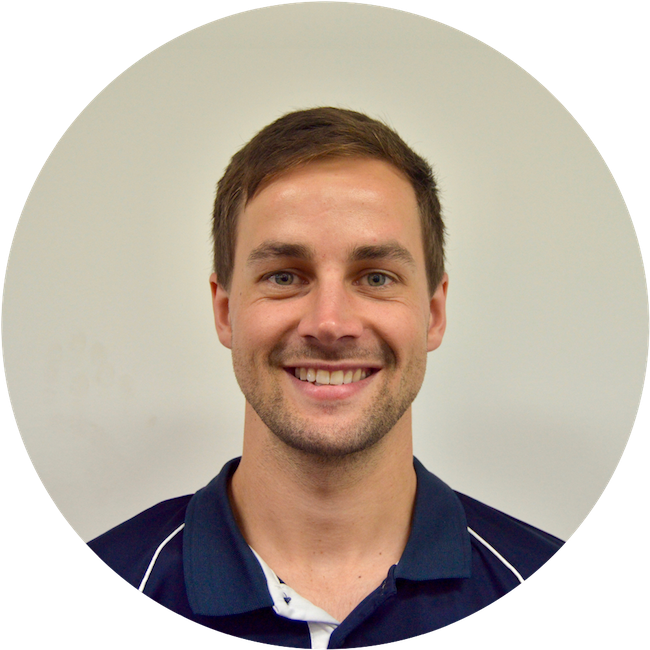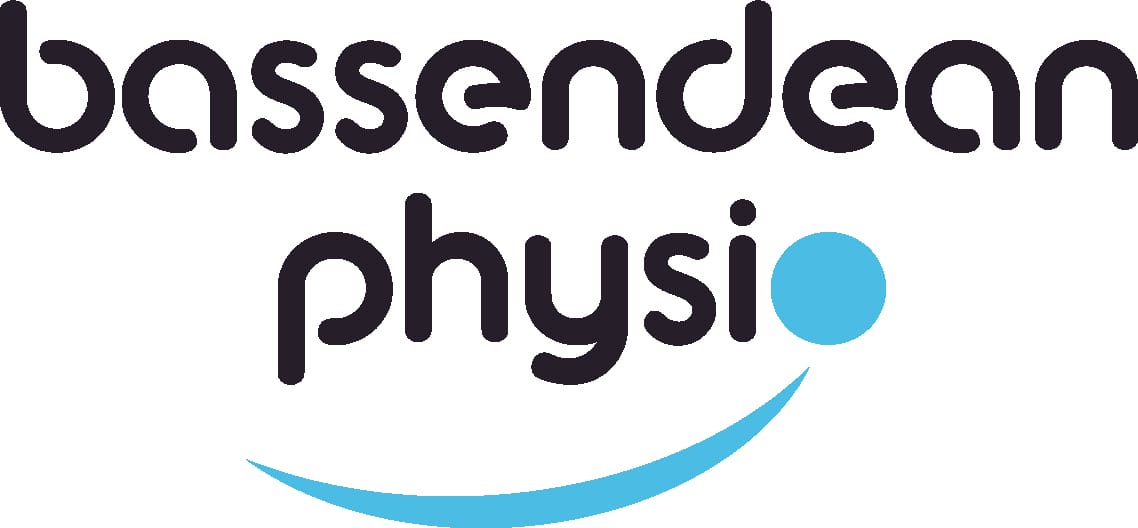Frozen shoulder is a condition involving considerable pain and loss of movement in the shoulder joint. Historically, this has been a difficult condition to treat due to a lack of evidence showing the best course of treatment. Left alone, the natural history of frozen shoulder generally takes 12-42 months with the average being 30 months, although the condition is somewhat self-limiting, it is not uncommon for patients to have ongoing limitation of shoulder movement. The standard approach for managing frozen shoulder has been to let the condition run its course; however it is understandable that many patients would rather have the condition resolve in less than 30 months or know the best options for treatment if they are experiencing strong and bothersome pain.
Jeremy Lewis*, a leading expert in shoulder research, published an article in 2015 reviewing evidence for the cause, diagnosis and treatment of frozen shoulder. Lewis explains there is still no known cause for frozen shoulder however there is evidence to show that diabetes, family history, hyperthyroidism, genetic predisposition and ethnicity are risk factors. There is no gold standard for diagnosis however it is generally diagnosed when passive and active ROM are equally limited in all movement directions and plain radiographs are normal. In the article Lewis supports the use of physiotherapy and shoulder joint injections to speed up the natural history of frozen shoulder and get people back to full shoulder function at lot sooner.
Rather than using the traditional three to four phases of frozen shoulder, it may be more beneficial to consider it being in two stages, the first of which is when pain is more prominent than stiffness and the second is when stiffness is more prominent than pain. This simplifies the management of frozen shoulder depending on the patients’ main symptom.
Evidence based management of the first stage involves:
- Corticosteroid injection of the shoulder joint.
- Gentle self-assisted shoulder movements for one week following injection.
- Physiotherapy for joint mobilisations, soft tissue release, home exercise prescription and passive movements from one week to four weeks post injection.
- If pain is not decreasing as expected after four weeks, consider reinjecting as long as there is at least one month between injections and there have not been more than 3 injections in one year.

The use of breathing exercises is widely accepted in the management of restrictive and obstructive breathing disorders such as asthma and Chronic Obstructive Pulmonary Disease, but Physiotherapists also commonly use breathing techniques to manage a wide range of other problems in patients. Like other functions where muscular control is involved, breathing patterns can be altered or become dysfunctional leading to problems with posture, performance (e.g. sports, speech, singing) and with breathing itself.
Chronic Hyperventilation Syndrome
Hyperventilation can be acute or chronic and refers to a breathing pattern disorder where the depth and rate of breath exceed physiological requirements.
Patients often only present when experiencing acute episode/s (often recognized as panic attacks) on top of chronic HVD . It is often poorly diagnosed and patients may have seen many specialists prior to diagnosis to exclude organic disease. Chronic HVS affects up to 10% of the normal population (Newton 2012).
Chronic HVS is characterised by an increased tidal volume (i.e. not fully expiring) leading to lowered C02 levels and respiratory alkalosis symptoms such as changes in vasomotor tone including decreased cerebral, coronary and cutaneous blood flow, decreased availability of oxygen to tissues and increased excitability in the peripheral nervous system. When hyperventilation occurs for a period of time there is a drive by the body to restore pH balance by excreting more alkaline buffer. These individuals then become subject to reduced capacity to tolerate acidosis from any other source. This means that even a breath hold or a single sigh could trigger symptom onset.
Author

Francis Staude
Physiotherapist
As a Physiotherapist Francis enjoys treating a wide range of musculoskeletal conditions and is particularly passionate about getting athletes back to match fitness following sporting injuries. Francis also takes hydrotherapy classes once a week Bayswater Waves, helping clients with symptom relief, rehabilitation and injury management in the pool.

